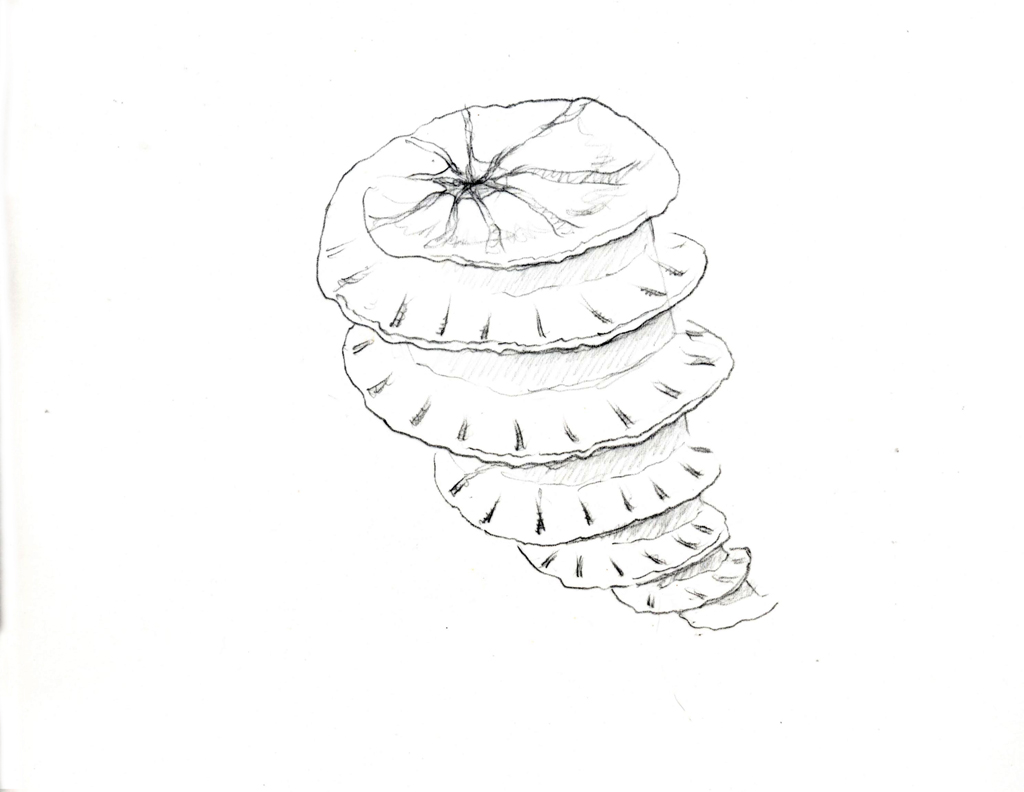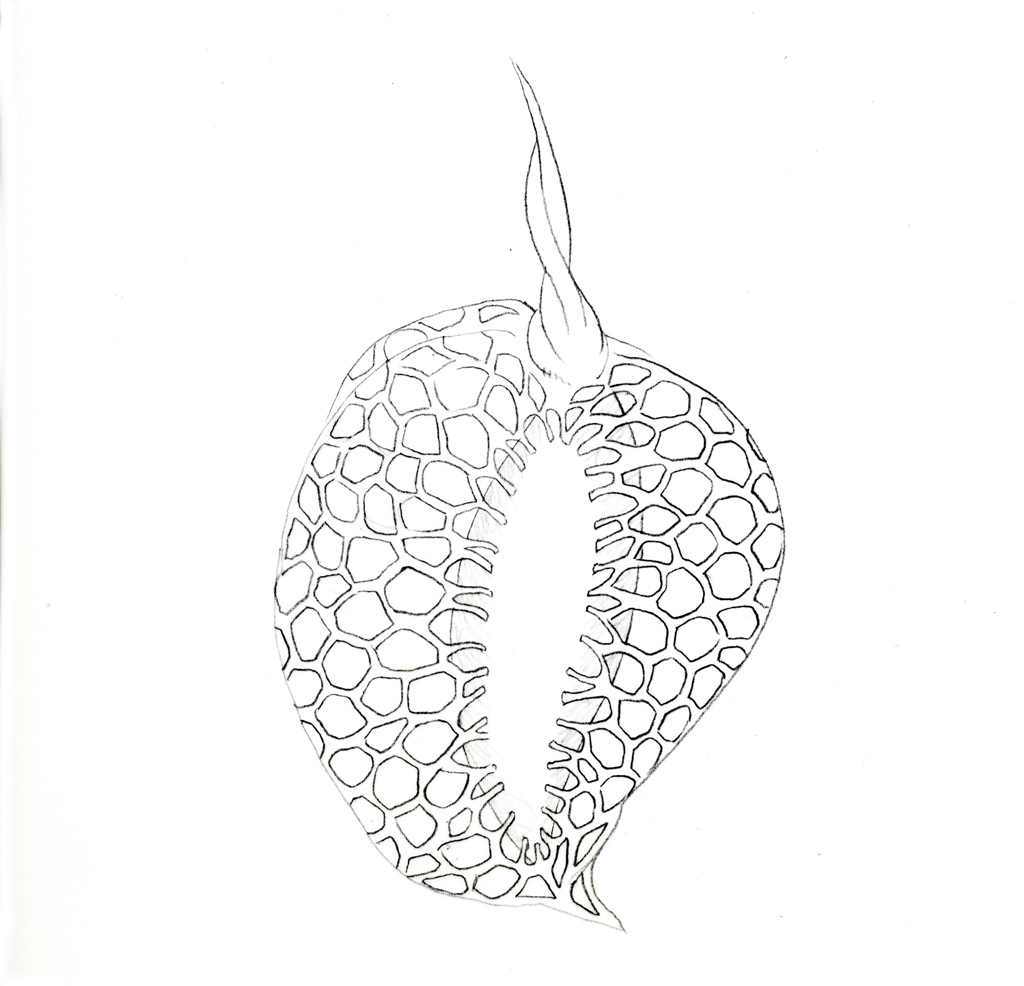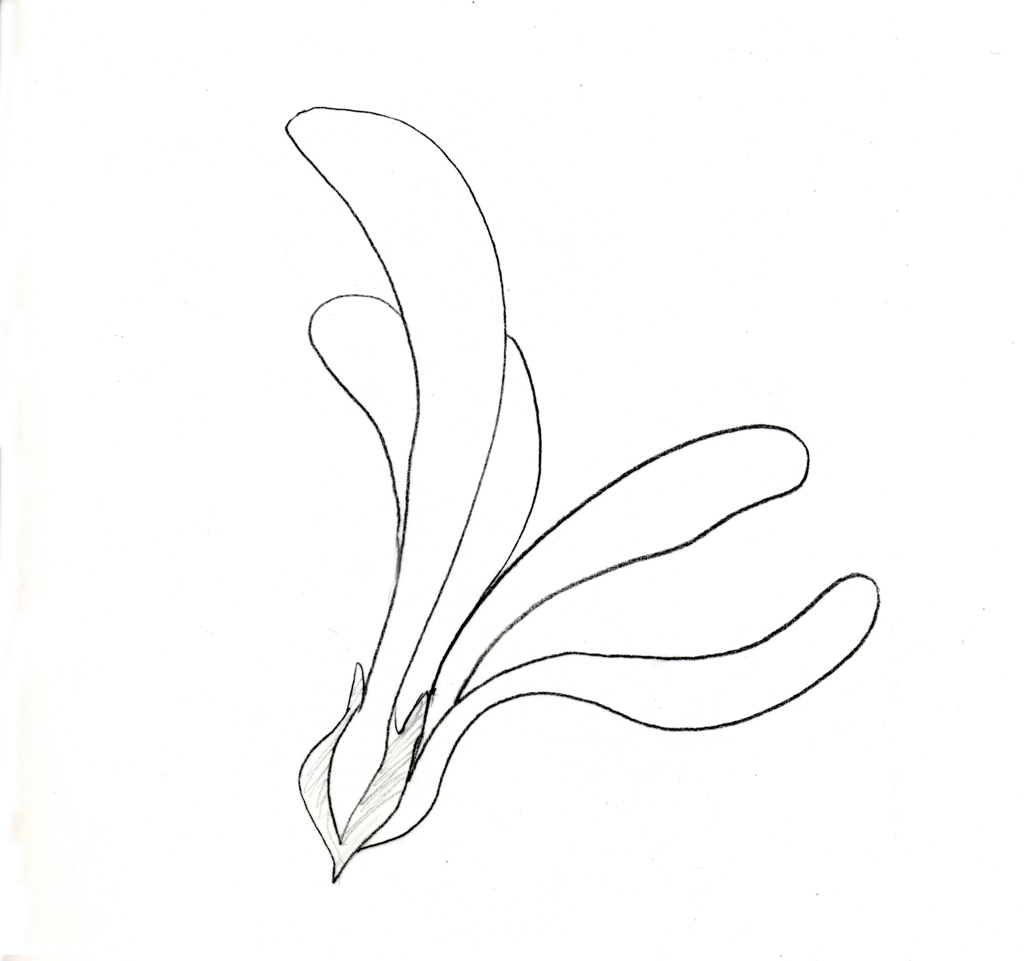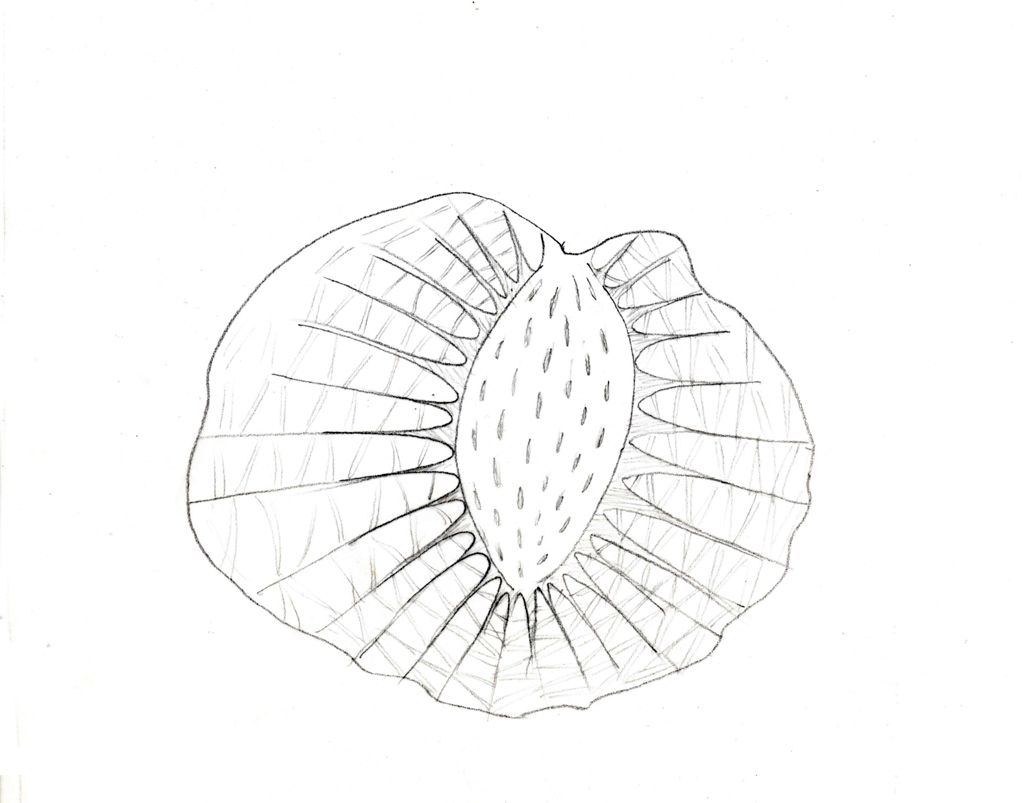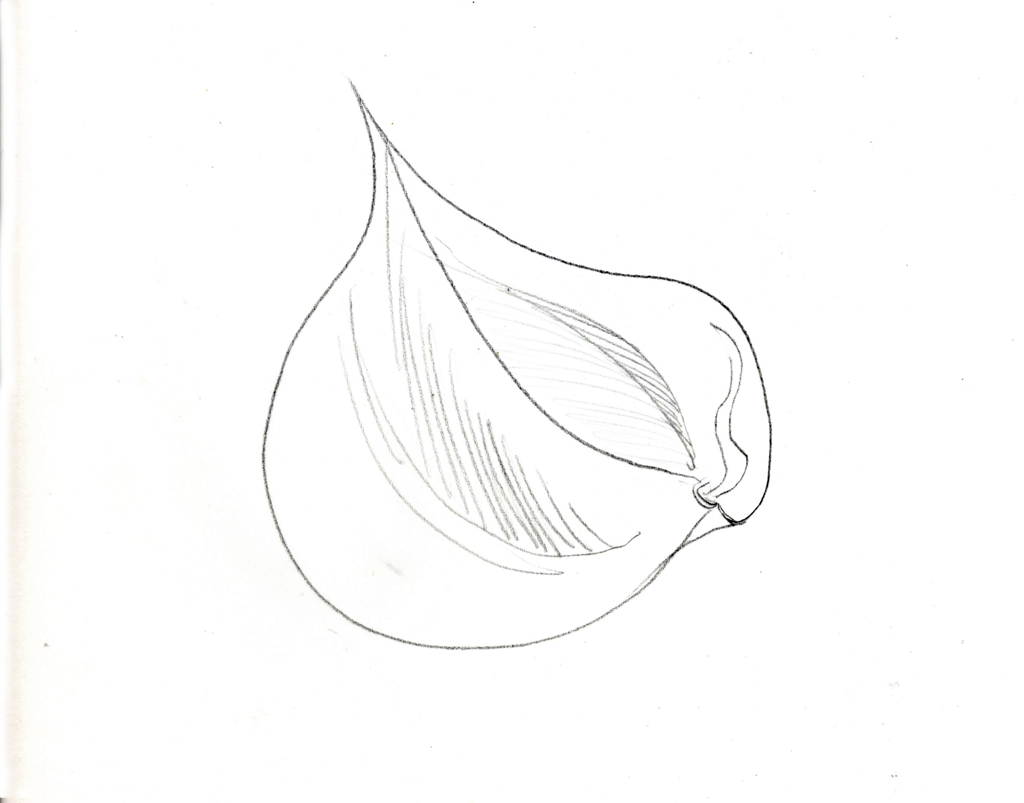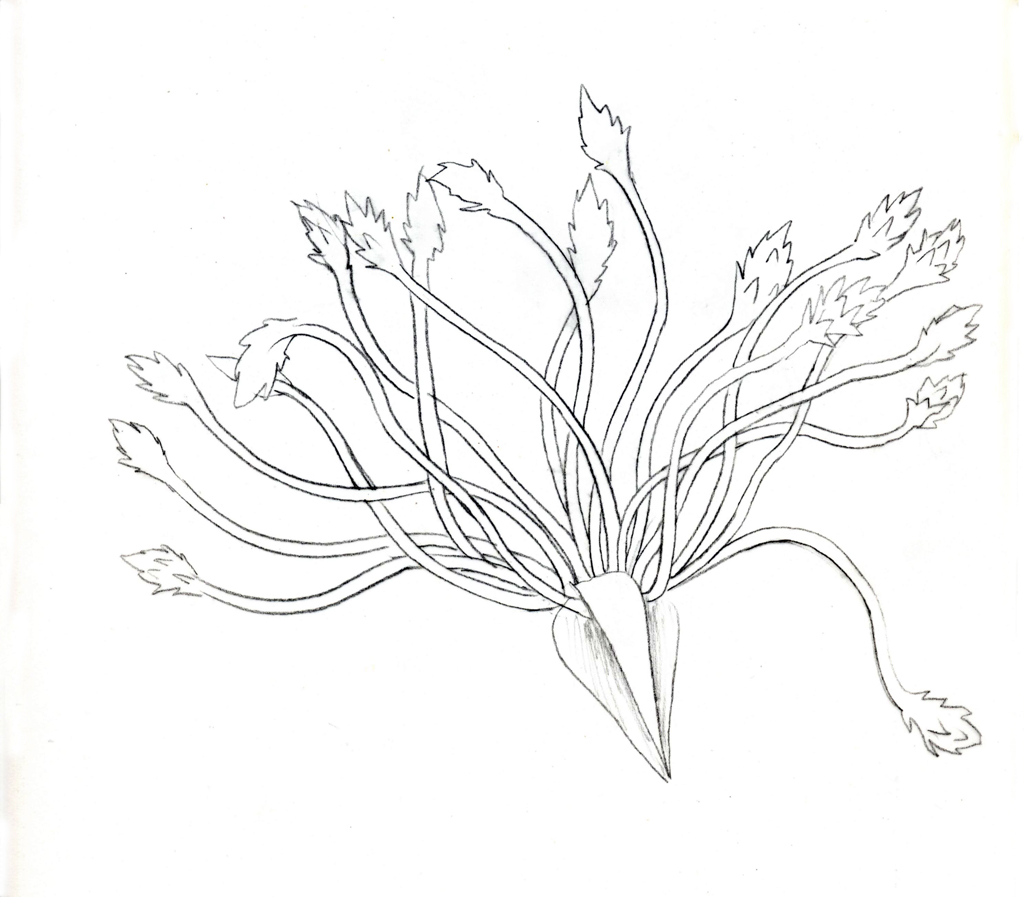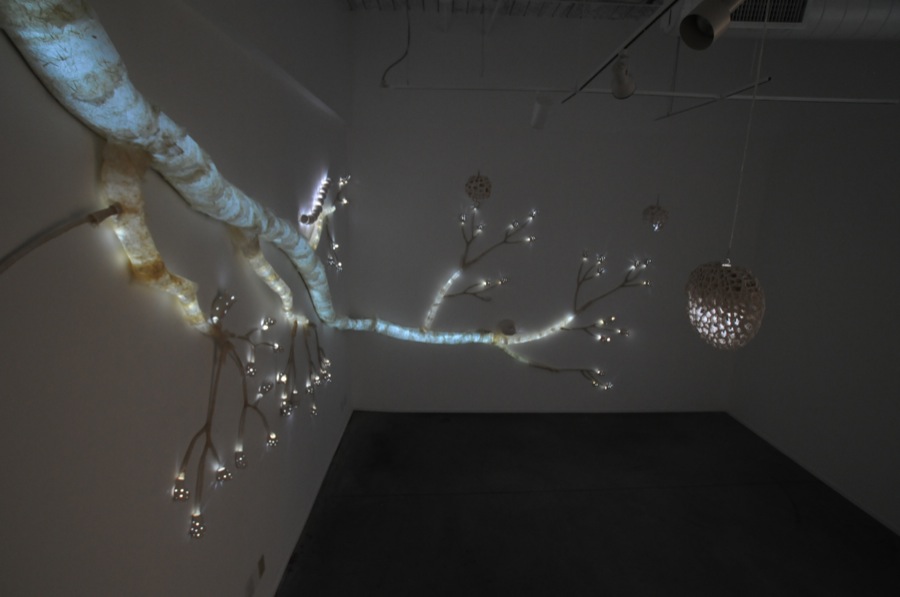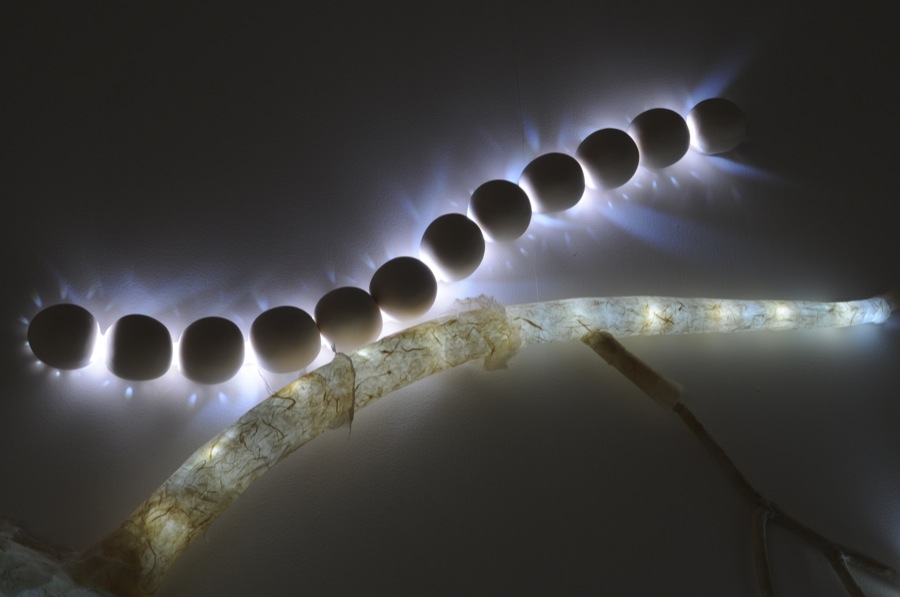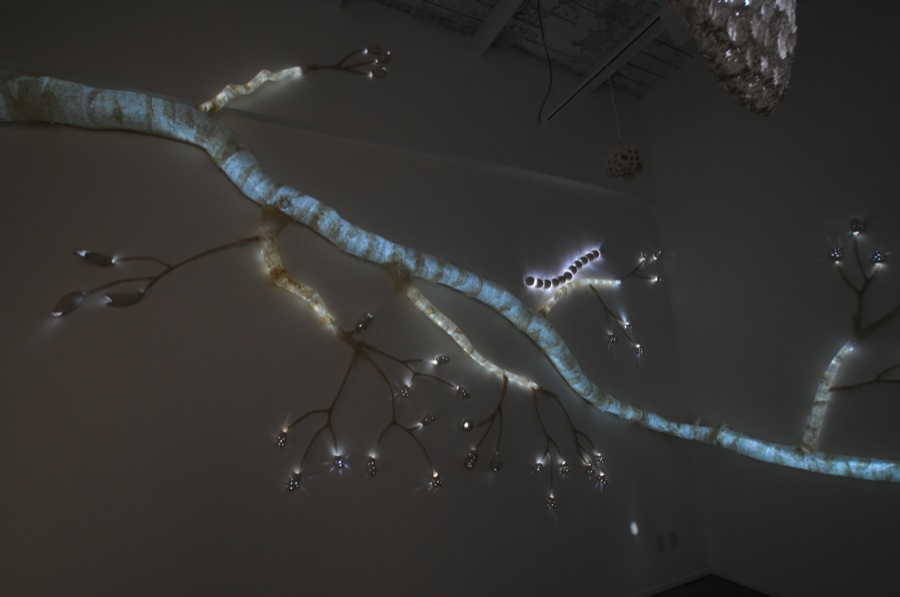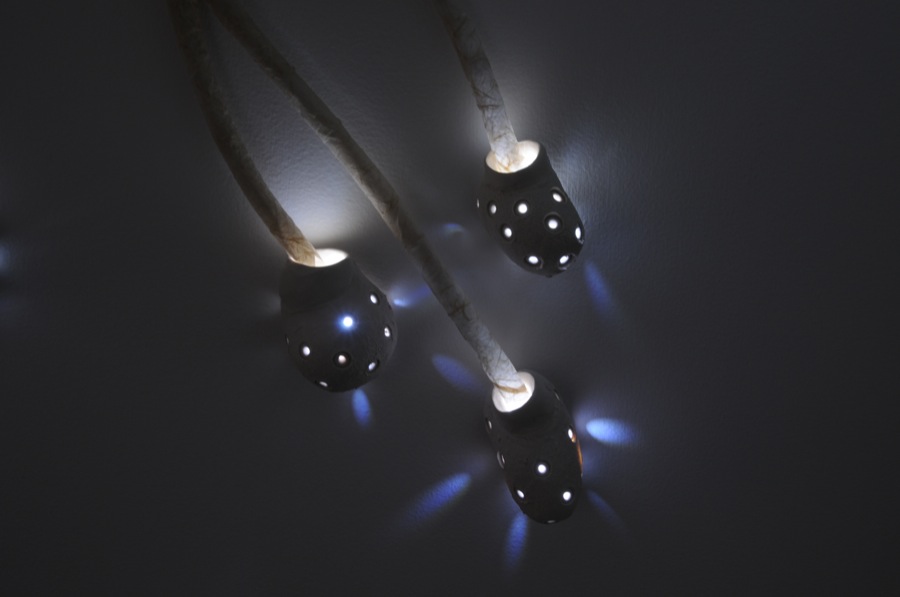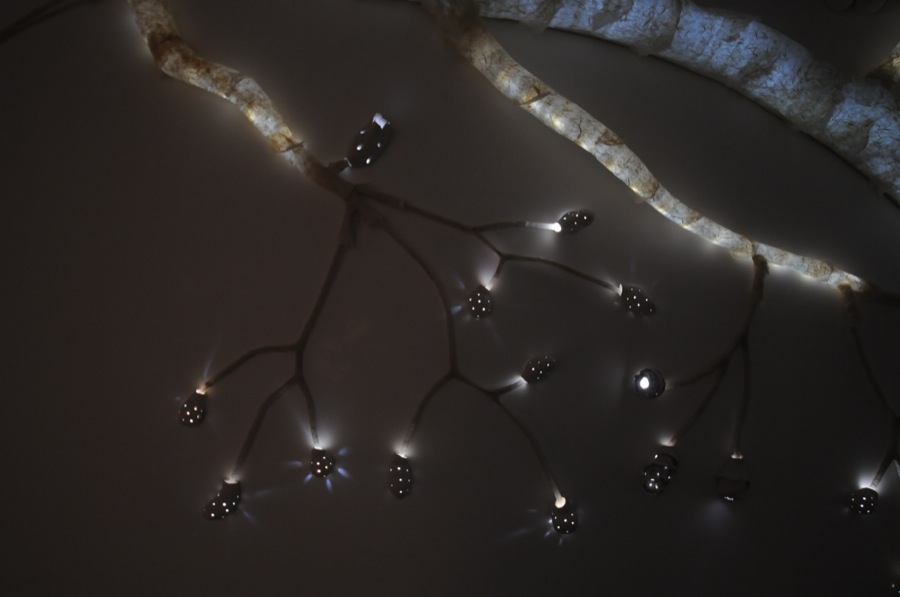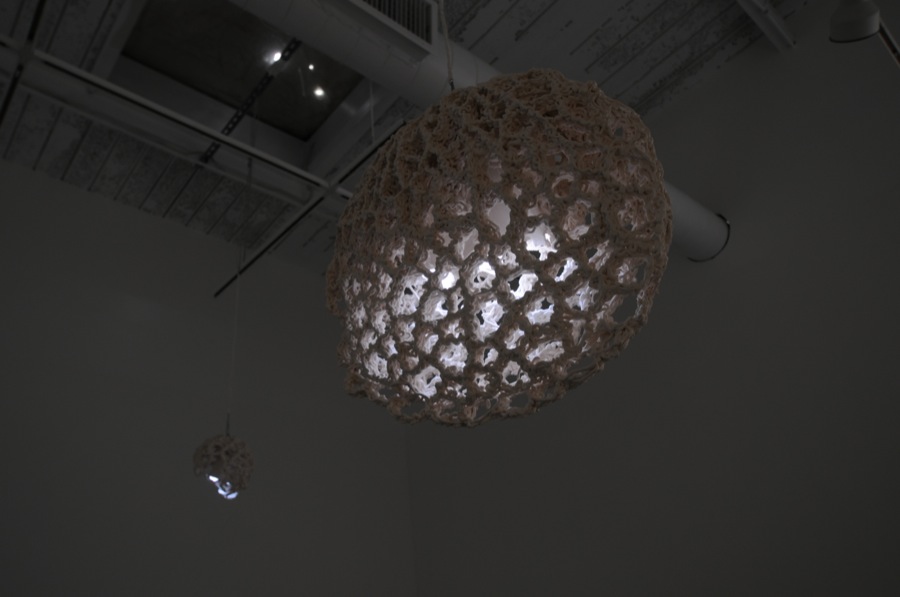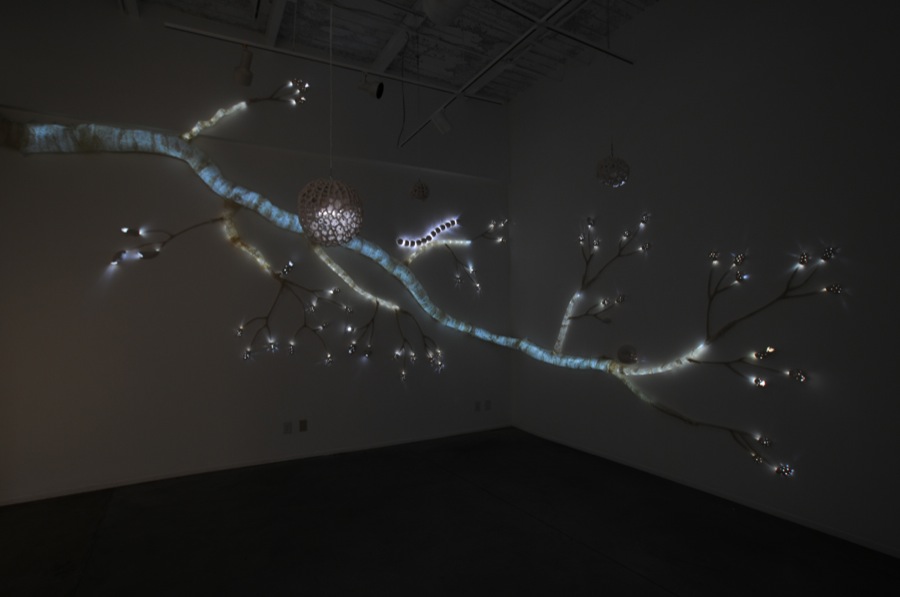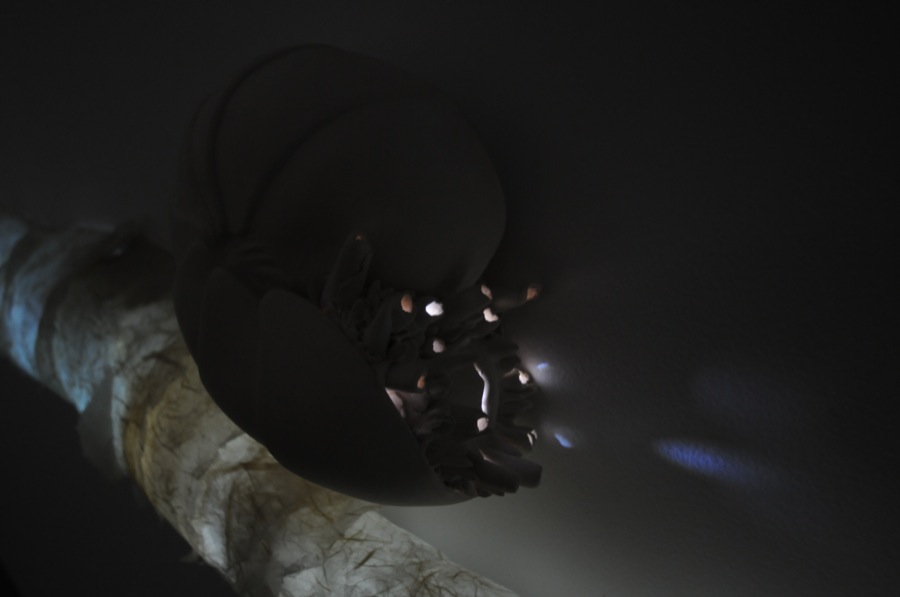January 2011
Kiang Gallery
THE AMERICAN SUBURBS OF THE 20TH CENTURY ARE NOTORIOUSLY BRANDED:
BRIGHT, SAFE AND BRAND-NEW. THE HOMES AND THE TIGHTLY SYMMETRICAL SHRUBBERY
IDEALIZE ORDERED GARDENS, COMFORT AND SPACIOUSNESS. THIS ENVIRONMENT IS
MYTHOLOGIZED AS THE ULTIMATE, AFFORDABLE EDEN, WHERE THE WILDERNESS OF BOTH
THE COUNTRY AND THE CITY CENTERS ARE MANAGED AT A CONTROLLABLE DISTANCE.
HOWEVER, THE NEW CENTURY BRINGS AN ALTERNATIVE PERSPECTIVE ON THE SUBURBS, AS
THEY GROW MORE COMPLEX AND SHIFT BACK OUT OF HUMAN CONTROL. UNSUSTAINABLE
AND OVERBUILT, WE WITNESS THE SUBURBS AS THEY BECOME HAVENS FOR IMMIGRANTS,
AGRICULTURE, SMALL BUSINESS, BOHEMIANS AND UNDERGROUND ACTIVITY.
WHILE AMERICAN STYLE “THE SUBURBS” ARE NOW MANUFACTURED IN THE CENTER THE
FOREIGN CITIES, AGING SUBURBS, ABANDONED BY COVERT COMMERCIALISM HAVE A CHANCE
TO BE REPURPOSED. SUBURBIA NOW MATURES INTO A MUCH MORE INTERESTING PLACE.
THE SPIRIT OF ITS ORIGINAL UTOPIA MAY STILL REMAIN (ALBEIT TRANSMOGRIFIED),
AS THAT PASTORAL, YET URBAN AMERICAN SPACE.
-K.TAUCHES

